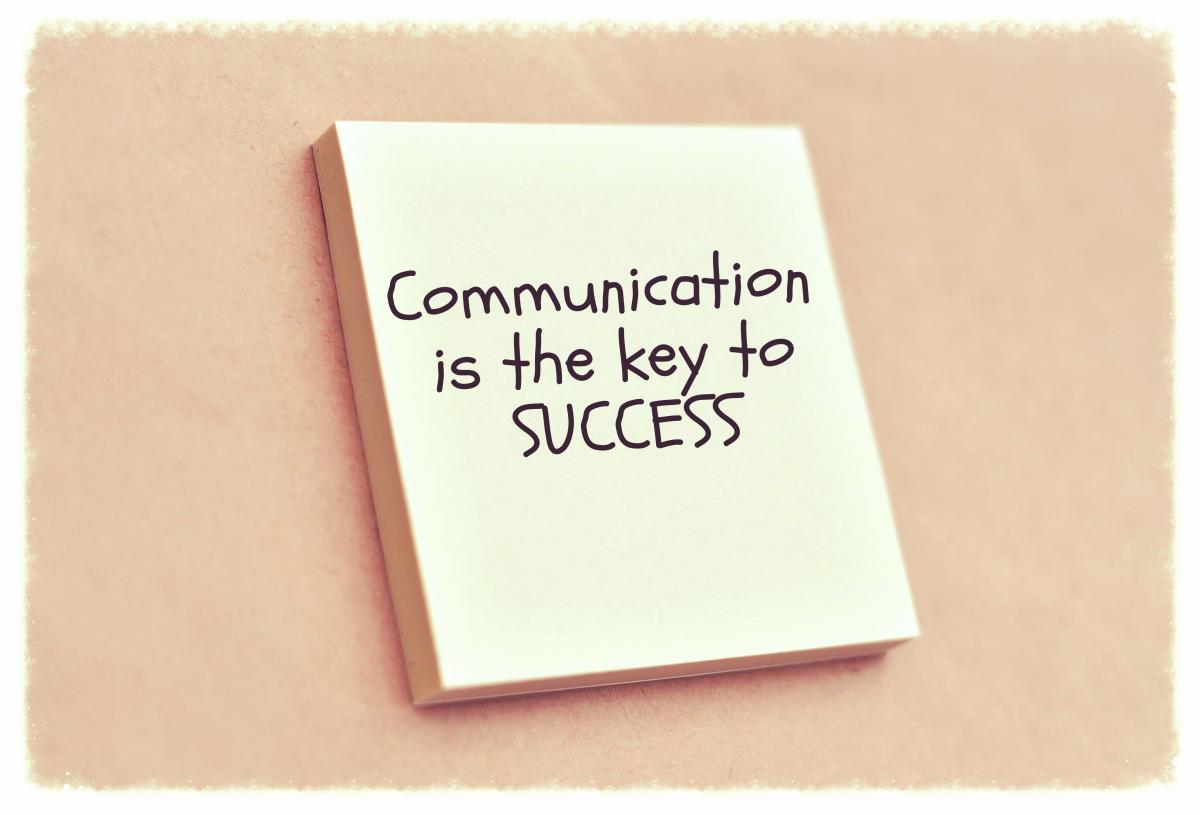
5 Keys to Help Struggling Managers Communicate More Effectively
Is there a crisis in workplace communication?
Consider the following numbers:
- 86 — The percentage of senior executives, managers and junior staff at U.S. companies who report experiencing communication breakdowns that lead to reduced productivity, missed deadlines, and sales deals that don’t close, according to research from The Economist Intelligence Unit.
- 63 — The percentage of U.S. employees in 2019 who have wanted to quit their jobs because ineffective communication has gotten in the way of doing their work, almost double from 2018 (33 percent), according to a Dynamic Signal study.
- $37 billion — The cost of poor communication for 400 companies with 100,000 employees in the U.S. and the UK, with a per-worker cost of $26,041, according to The Holmes Report. While this analysis is from 2011, it gives a sense of the stakes involved.
What can organizations do to improve communication? An important step is to provide new strategies that help managers communicate more effectively. Benefits include improved team performance and efficiency and better employee morale.
Improving Manager Communication
Managers often face the most difficulty with communication, as The Economist Intelligence Unit study observes. Challenges include:
• Managers are stuck in the middle between higher-ups and nonsupervisory employees, and have to navigate communication issues from above and below.
• Many managers have little or no training in communication.
• New managers need to adapt to the communication demands of the role.
Moreover, successful teams communicate together effectively, and quality communication starts with managers. Managers must communicate clearly for team members to be efficient, and to address and correct problems. Below are five tips will help managers—especially those who are struggling—communicate with their direct reports more effectively.
5 Key Elements of Effective Manager Communication
1. Provide regular feedback.
Employees who receive regular feedback feel more valued, perform better and are more engaged. Yet according to a Gallup study, the majority of employees meet with their managers less than once a month.
Particularly noteworthy is the research around feedback for millennials, who are projected to account for 75 percent of the workforce by 2025. Millennials want feedback, but they don’t often ask for it or get it — only 19% say they receive regular feedback, while only 15% strongly agree that they routinely ask for feedback. As a result, it’s important that managers take the initiative to provide feedback while level-setting expectations for its frequency.
2. Schedule regular communication time.
Engagement is highest among employees who meet at least once per week with their managers, according to Gallup. Yet only 21% millennials and 18% of non-millennials meet with their managers weekly.
It makes sense, then, for regular in-person communication to be a habit. The best way to do so is to have managers schedule regular times to meet with their direct reports and be sure not to cancel those meetings in lieu of other priorities.
3. Use multiple communication methods.
Managers shouldn’t rely on a single method of communication. Many respondents to The Economist Intelligence Unit study reported that technology was hurting communication due to drastically reducing direct communication. Workers were defaulting to email and similar tools rather than phone calls and meetings. “As a result, employees no longer have access to nonverbal cues like tone of voice, gestures and visuals to help them understand messages,” the study noted.
There can also be a generational divide in communication, the study found. For example, nearly a third of millennials and Gen Xers reported using instant messaging daily to communicate, while only 12 percent of baby boomers did so. The consequence is these demographics of the workforce can have difficulty communicating with each other.
As a result, while managers may have a default communication method, it’s also important for them to develop the ability to us other methods to better reach all employees.
4. Address problems early.
Managers should avoid waiting too long to address problems to prevent them from getting worse. Employee performance problems, for example, are inevitable and unavoidable, and can become team-wide issues if managers don’t take corrective steps. These steps, of course, include communicating with employees about how their behaviors or work results are impacting the team and need to change.
5. Be clear and direct.
A common mistake many managers make is softening their language, using vague language when talking to employees about performance or behavioral problems that need to change. While intending to be nice, managers instead end up doing a disservice to employees and often their entire teams. The employees might not grasp the message or the seriousness of the situation, and as a result not fix the problems, hurting their standing in the organization. Meanwhile, as the problems fester, often the entire team is affected—especially if multiple employees should be taking corrective steps but aren’t.
Ultimately, everyone is best served when managers are clear and direct with their communication, with the intention of providing constructive coaching and positive development for their teams.
Managers who recognize that they may need additional help or experience with their communications can benefit from seeking feedback from their direct reports, their own managers. sBy focusing on developing this key skill, with coaching, practice and feedback, managers can up their game and expect to see dramatic results from their teams.
